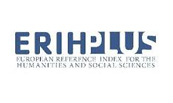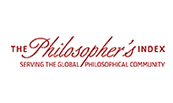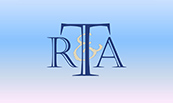CULTURAL DIVERSITY AND RELIGIOUS PHILOSOPHY: CULTURAL COLLISION AND INTEGRATION OF ASIAN LION DANCE STYLES IN DIGITAL CULTURAL COMMUNICATION
Yingdou Li
Ph.D Candidate, Faculty of Social Sciences and Liberal Arts, Chakrabongse Bhuvanarth International College of Interdisciplinary Studies, Rajamangala University of Technology Tawan-ok-Doctor of Philosophy Program in Fine Arts, Bangkok, Thailand
Dr. Krisada Daoruang
Chakrabongse Bhuvanarth International College of Interdisciplinary Studies, Rajamangala University of Technology Tawan-ok, Bangkok, 10400, Thailand. 10400
DOI: https://doi.org/10.24204/ejpr.2025.4815
Abstract
The lion dance, a performance tradition of considerable cultural intricacy and symbolic depth, has evolved across various Asian contexts, reflecting a fusion of distinct artistic, religious, and historical influences. Originating in China, this performative art form has undergone region-specific adaptations in countries such as Vietnam, Thailand, Malaysia, and Indonesia, incorporating indigenous musical styles, choreographic elements, and cultural symbols. This study employs a systematic literature review (SLR) grounded in the PRISMA framework to investigate the lion dance's cultural diversity, digital transformation, and transnational integration. The findings reveal that regional variations reinforce the lion dance’s adaptability; however, the advent of digital technologies introduces significant challenges to its authenticity, audience engagement, and symbolic coherence. While digital media—encompassing social platforms, virtual reality, and interactive technologies—broadens access to this heritage, it also risks reducing its complexity and promoting commercialisation. Furthermore, the study explores issues of cultural assimilation and contestation, identifying ongoing tensions concerning cultural ownership, hybridisation, and national identity assertions. The research underscores the need to maintain a delicate balance between preserving traditional elements and embracing innovative practices to ensure the lion dance remains culturally relevant in a digital landscape. Responsible application of digital tools and the fostering of intercultural dialogue are pivotal in safeguarding its heritage value. Prospective research will assess the potential of motion capture, gamification, and artificial intelligence to enhance digital preservation without compromising the lion dance’s cultural integrity.
Keywords: Asian Lion Dance, Cultural Heritage Preservation, Digital Cultural Communication, Cultural Diversity, Modern Design Integration






